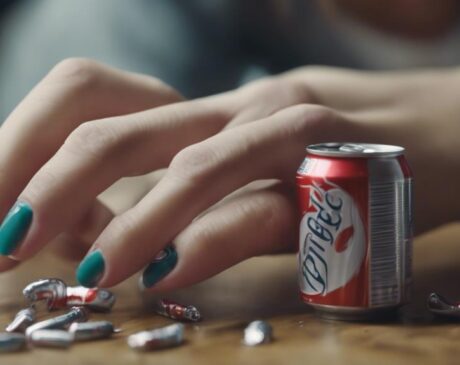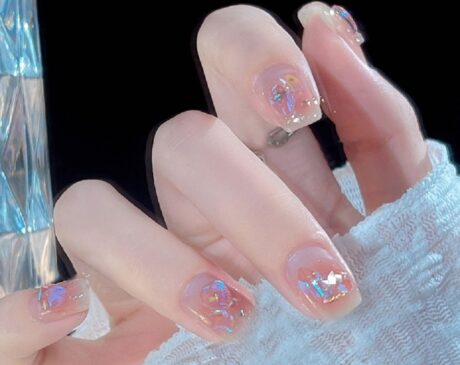What Are the Disadvantages of UV Nail Lamp?
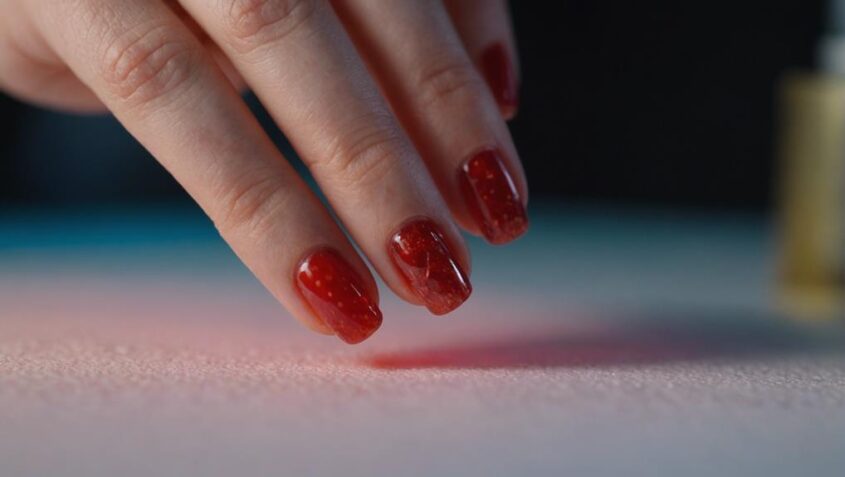
UV nail lamps have disadvantages such as skin damage risks from UV radiation, leading to premature aging and skin cancer concerns. Eye irritation and allergic reactions are also potential issues. Health risks like increased cancer risk and weakened immune systems are associated with prolonged UV exposure. Understanding these effects is crucial for both clients and professionals. Additionally, there are environmental considerations due to energy consumption and waste generation. Safety precautions like wearing protective gear and following manufacturer guidelines are essential. These drawbacks highlight the importance of informed decision-making when using UV nail lamps. Further insights into these concerns are available in the detailed research.
Key Takeaways
- UV radiation from nail lamps can damage skin, leading to premature aging and skin cancer risks.
- Prolonged exposure to UV nail lamps may cause eye irritation and conditions like photokeratitis.
- Allergic reactions can be triggered in sensitive individuals by UV nail lamps, leading to skin and eye issues.
- Health risks like increased cancer risk and weakened immune system are associated with UV exposure.
- UV nail lamps contribute to environmental impact through energy consumption, waste generation, and mercury leaching concerns.
Skin Damage Risk
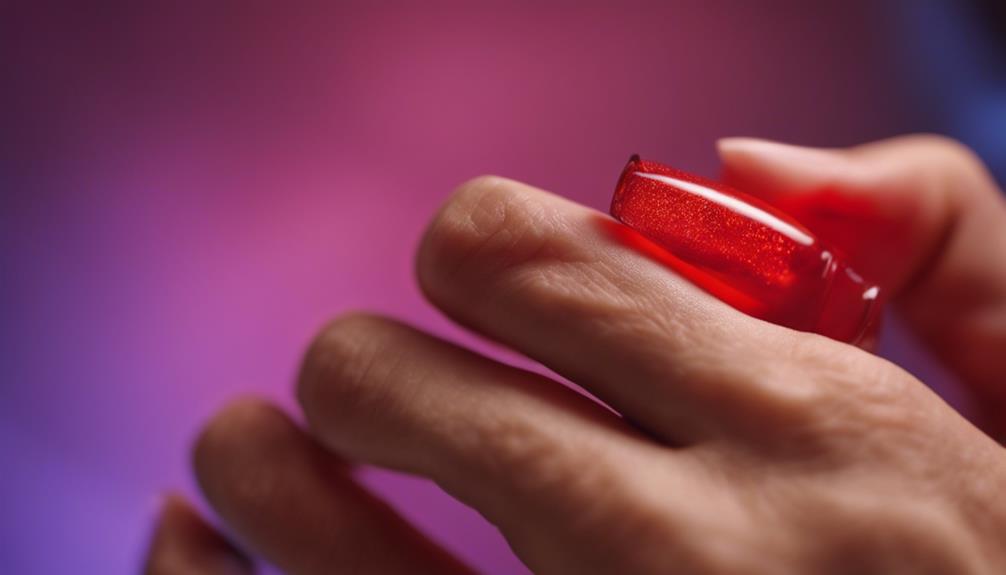
Exposure to UV radiation from nail lamps poses a significant risk of skin damage, particularly to the hands and surrounding areas. While these lamps are essential in the beauty industry for quick and efficient nail drying, the harmful effects of UV rays on the skin cannot be overlooked. Innovations in nail lamp technology have attempted to mitigate these risks by introducing LED nail lamps, which emit lower levels of UV radiation compared to traditional UV lamps. However, even with these advancements, the potential for skin damage remains a concern.
The skin on the hands is delicate and prone to premature aging and skin cancer when exposed to UV radiation regularly. Dermatologists advise individuals who frequently use nail lamps to apply broad-spectrum sunscreen to their hands before each session to provide some level of protection. Additionally, wearing UV-blocking gloves during nail treatments can help shield the hands from direct UV exposure, reducing the risk of skin damage. Despite advancements in nail lamp technology, vigilance and protective measures are crucial in preventing skin damage from UV radiation.
Eye Irritation Concerns
Given the potential risks associated with UV radiation exposure on the skin from nail lamps, another concern that arises is the potential for eye irritation due to prolonged exposure during nail treatments. While UV nail lamps are designed to cure gel polish efficiently, the emitted UV rays can also pose a risk to the eyes if proper precautions are not taken. Prolonged and direct exposure to UV light can lead to conditions such as photokeratitis, which is essentially a sunburn of the cornea. Symptoms of eye irritation from UV exposure can include redness, dryness, tearing, and a gritty sensation in the eyes.
To mitigate the risk of eye irritation, nail technicians and clients can wear UV-protective goggles during nail treatments. These specialized goggles are designed to block out the harmful UV rays while allowing visibility to continue working effectively. Additionally, positioning the hands strategically to avoid direct exposure of the eyes to the light can also help reduce the risk of eye irritation. Prioritizing eye protection alongside skin protection is essential in ensuring the safety and well-being of both technicians and clients during UV nail treatments.
Allergic Reactions Potential
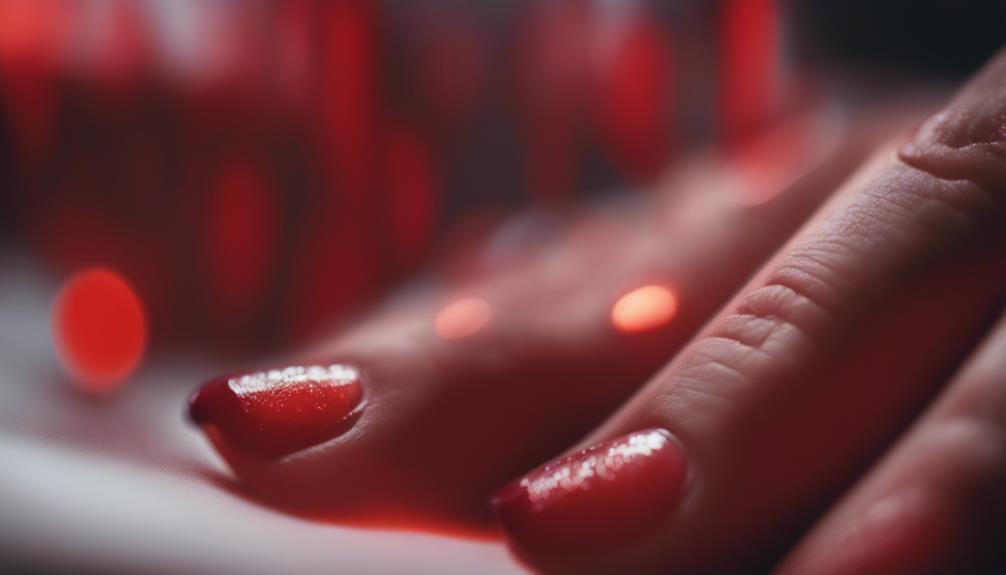
Skin sensitivity issues, eye irritation risk, and an increased cancer risk are all potential outcomes of allergic reactions to UV nail lamps. These lamps emit UV radiation that can cause skin allergies and irritations, especially in individuals with sensitive skin. Prolonged exposure to UV radiation from nail lamps may also increase the risk of skin cancer, prompting concerns among health professionals and users alike.
Skin Sensitivity Issues
Individuals with a predisposition to skin sensitivity may experience adverse reactions when exposed to UV nail lamps. The UV radiation emitted by these lamps can potentially trigger allergic reactions in those with sensitive skin, leading to conditions such as redness, itching, or even rashes. This sensitivity issue is a concern for individuals who have a history of allergies or skin conditions, as the exposure to UV light during the nail curing process can exacerbate these issues. It is essential for users to be aware of their skin's sensitivity levels and take necessary precautions, such as applying a protective barrier or limiting exposure time, to minimize the risk of adverse reactions when using UV nail lamps.
Eye Irritation Risk
Exposure to UV nail lamps poses a potential risk of eye irritation and allergic reactions, warranting caution among users. The UV radiation emitted by these lamps can be harmful to the eyes, leading to discomfort, redness, and even long-term damage if proper eye protection is not used. Individuals with pre-existing eye conditions or sensitivities may be at a higher risk of experiencing these adverse effects. Allergic reactions, such as itching, swelling, or rash around the eyes, can also occur due to exposure to the UV light. It is essential for users, especially salon professionals who are frequently exposed to UV nail lamps, to prioritize eye safety by wearing protective goggles or glasses designed to block UV radiation and minimize the risk of eye irritation and allergic reactions.
Increased Cancer Risk
A potential concern associated with the use of UV nail lamps is the heightened risk of cancer development, which may be exacerbated by the potential for allergic reactions among users. While UV nail lamps are convenient for quick drying of gel polish, it is essential to consider the potential health risks involved. Factors contributing to the increased cancer risk and allergic reactions include:
- UV radiation exposure
- Prolonged and repeated use
- Skin sensitivity to UV light
- Chemical composition of gel polish
- Lack of regulation in some settings
These factors combined can elevate the risk of skin damage, allergic responses, and potentially increase the likelihood of cancer development, emphasizing the importance of using UV nail lamps cautiously.
Health Risks Associated

The use of UV nail lamps poses health risks due to prolonged exposure to ultraviolet radiation, which can increase the risk of skin damage and potentially lead to skin cancer. Individuals with a history of skin conditions or a predisposition to UV sensitivity should be particularly cautious when using these devices to prevent adverse health effects. It is important to balance the benefits of UV nail lamps with the potential health risks to make informed decisions about their usage.
UV Exposure Risks
Prolonged exposure to UV radiation emitted by nail lamps can pose significant health risks to both customers and nail technicians. The UV exposure risks associated with these lamps include:
- Increased risk of skin cancer due to cumulative UV exposure.
- Accelerated skin aging, leading to wrinkles and age spots.
- Potential damage to the eyes, such as cataracts or corneal damage.
- Weakened immune system from excessive UV exposure.
- Higher likelihood of developing sunburns and skin irritation.
It is essential for both clients and professionals in the nail industry to be aware of these risks and take necessary precautions to minimize the potential harm caused by UV radiation exposure.
Skin Damage Concerns
Exposure to UV radiation from nail lamps can result in significant skin damage, raising concerns about the associated health risks. Prolonged or frequent exposure to UV light during gel manicures can lead to skin aging, such as wrinkles, fine lines, and age spots. Additionally, UV radiation can cause skin damage similar to that from sun exposure, increasing the risk of skin cancer. The hands are particularly vulnerable to these effects as the skin on the back of the hands is thinner and more delicate. To mitigate these risks, it is advisable to apply broad-spectrum sunscreen to the hands before using UV nail lamps and consider using protective gloves with UV protection. Prioritizing skin health is crucial in balancing beauty practices with overall well-being.
UV Exposure Effects
Excessive ultraviolet radiation emitted by UV nail lamps poses potential risks to skin health. Prolonged exposure to UV light can lead to various detrimental effects on the skin, including premature aging and an increased risk of skin cancer. Here are some of the key UV exposure effects to be aware of:
- Skin Aging: UV radiation can break down collagen and elastin fibers in the skin, leading to wrinkles, sagging, and age spots.
- Sunburn: Overexposure to UV light from nail lamps can cause sunburn-like symptoms, including redness, pain, and peeling of the skin.
- Hyperpigmentation: UV exposure can trigger an increase in melanin production, leading to dark spots and uneven skin tone.
- Weakened Immune Response: Prolonged UV exposure can suppress the immune response of the skin, making it more susceptible to infections and damage.
- Skin Cancer Risk: The UV radiation emitted by nail lamps is a known carcinogen and can increase the risk of developing skin cancer with excessive or repeated exposure.
Environmental Impact Considerations
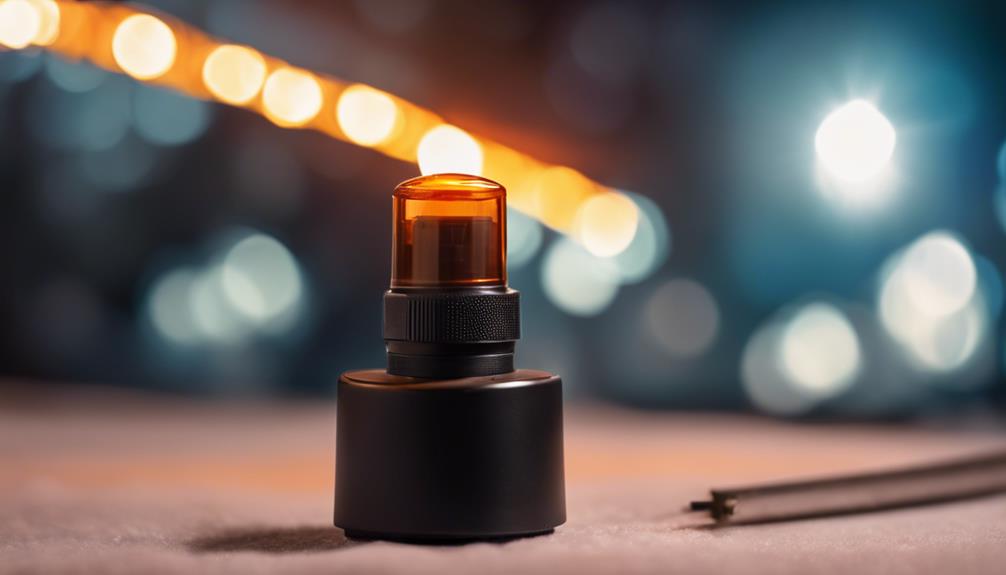
Considering the ecological ramifications of UV nail lamps is essential in assessing their overall impact on the environment. While UV nail lamps are designed to cure gel polish quickly and efficiently, they also have environmental implications that should not be overlooked. One of the main concerns is the energy consumption associated with these lamps. Continuous use of UV nail lamps in salons can contribute to increased energy consumption, leading to a higher carbon footprint.
In addition to energy consumption, UV nail lamps also raise concerns about waste generation. The bulbs used in these lamps contain mercury, a hazardous material that can be harmful to the environment if not disposed of properly. Improper disposal of these bulbs can result in mercury leaching into the soil and water, posing a threat to ecosystems.
To mitigate the environmental impact of UV nail lamps, it is crucial for salons to adopt sustainable practices. This can include using energy-efficient lamps, properly disposing of old bulbs, and exploring alternative curing methods that are less harmful to the environment. By taking these steps, salons can minimize their ecological footprint and contribute to a more sustainable beauty industry.
Safety Precautions to Take
To ensure the safe use of UV nail lamps, it is imperative for salon professionals to adhere to specific safety precautions. When utilizing these tools, it is crucial to prioritize the well-being of both clients and technicians. Here are some safety precautions to consider:
- Wear protective gear: Ensure both clients and technicians wear appropriate protective gear such as UV-blocking gloves and glasses to shield the skin and eyes from potential harm.
- Follow manufacturer guidelines: Adhere strictly to the manufacturer's instructions regarding usage, duration, and maintenance of the UV nail lamp to prevent accidents or overexposure.
- Avoid overexposure: Limit the exposure time to UV light by following recommended curing times and allowing for breaks between sessions to prevent skin damage.
- Ventilation: Ensure the salon area is well-ventilated to reduce the inhalation of fumes emitted during the curing process.
- Regular maintenance: Routinely inspect the UV lamp for any signs of damage or malfunction, and promptly address any issues to maintain safe operation.
Frequently Asked Questions
Can UV Nail Lamps Cause Long-Term Skin Damage?
Excessive exposure to UV nail lamps may cause long-term skin damage due to the cumulative effects of UV radiation. It is advised to limit exposure and use protective measures like sunscreen or UV-blocking gloves to minimize risks.
How Does UV Exposure From Nail Lamps Affect Eyes?
Exposure to UV light from nail lamps can potentially harm the eyes, leading to issues like cataracts or photokeratitis. It is crucial to use protective eyewear when using these devices to minimize the risk of eye damage.
Are Allergic Reactions Common With UV Nail Lamp Use?
Innovation drives the beauty industry, yet concerns linger about allergic reactions from UV nail lamp use. While uncommon, some individuals may experience skin irritation or sensitivities. Adhering to safety guidelines and proper usage can mitigate risks.
What Specific Health Risks Are Associated With UV Lamps?
UV lamps used in nail treatments pose specific health risks due to exposure to UV radiation, such as skin aging, eye damage, and an increased risk of skin cancer. It is crucial for individuals to take precautions to minimize these risks.
How Can UV Nail Lamps Impact the Environment?
UV nail lamps can impact the environment by consuming energy and emitting UV radiation. Though efficient for curing gel polish, their electricity usage contributes to carbon emissions. Proper disposal is crucial to prevent hazardous materials from contaminating ecosystems.

